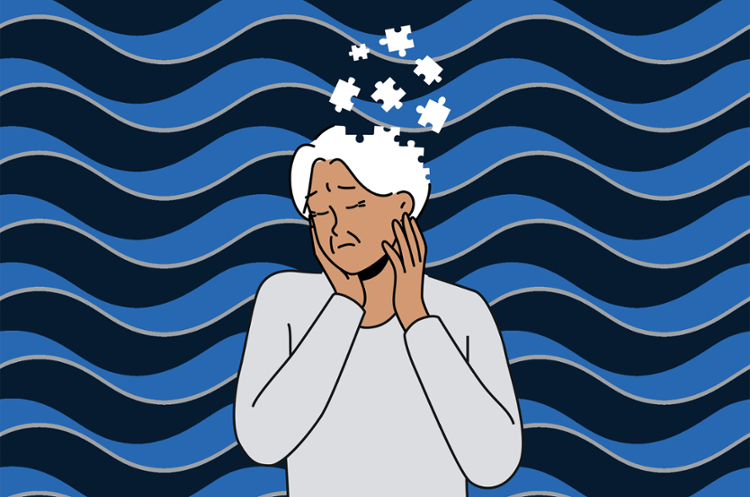Island Scientist Joins International Team in $1.1 Million Study of Low Oxygen Impact on Fish
CORPUS CHRISTI, Texas – A Texas A&M University-Corpus Christi researcher is part of an international team that has been awarded $1.14 million by the National Science Foundation to study how important fish species are reacting to oxygen loss in three locations around the world.
Dr. Benjamin Walther, Associate Professor of Marine Biology in the College of Science and Engineering’s Department of Life Sciences, will lead the study in the Gulf of Mexico. Other scientists will study fish in Lake Erie and the Baltic Sea.
“We’re interested in how fish respond to low oxygen – hypoxia,” Walther said, especially in aquatic “dead zones” of little or no oxygen. “What are the effects this will have on organisms? If you experience low oxygen, it’s hard to breathe and your body has to cope with that. The stress could change growth rates, reproductive output, and change their interactions with other organisms in the environment.”
This will be the second phase of the study. A first phase, now almost concluded, looked at the numbers of fish that have experienced hypoxia and survived.
The second phase will look at how exposure to low oxygen – linked to climate warming and the input of nutrients – affects the fish and their habitat. Researchers also hope to more fully understand how hypoxia affects the function and structure of food webs, the loss of ecosystem services, and related economic impacts.
“The food web interactions might be changed,” Walther said. “In addition to being exposed to hypoxia, are the fish now eating different things? Hypoxia might reorganize the ecosystem.”
Key to the study will be examination of the fish earstones, or otoliths, which help the fish with hearing and balance. They grow as the fish grows, laying down layer after layer of calcium carbonate, similar to the rings of a tree. Otoliths can tell researchers about growth rates, and their chemical makeup can reveal details about the conditions of the water where the fish has been. Eye lenses can reveal the level of toxic mercury in the environment and muscle tissue can provide more detail about the food they have eaten.
“If we know something about how the chemistry varies in the environment, then we can basically reconstruct the life of a fish,” Walther said.
Walther and his colleagues will study three species of fish in Lavaca Bay and Matagorda Bay, northeast of Corpus Christi. Red drum, Atlantic croaker and southern flounder each will represent conditions at different depths of the bay. The Texas estuaries will be the saltiest environments studied, with the Baltic Sea being semi-salty and Lake Erie having fresh water. All three have some areas of occasional or even permanent low oxygen zones, depending on the system.
In Lake Erie, scientists will study round goby, yellow perch and walleye. In the Baltic Sea, they’ll look at round goby, Baltic flounder and Baltic cod.
The Gulf of Mexico part of the three-year study will receive $241,164 in National Science Foundation funding. Walther said early steps will be planning, recruitment of an Islander doctoral student to lead the study and collecting fish, expected to begin next fall.
News of the grant comes in the wake of Texas A&M-Corpus Christi’s designation late last year as an R2 Doctoral University – High Research Activity, by the Carnegie Commission on Higher Education.
The overall project is being led by Professor Karin Limburg, a fisheries ecologist at the State University of New York’s College of Environmental Science and Forestry. Other ESF researchers are an ecotoxicologist and two environmental communication scientists. Also involved are the Swedish University of Agricultural Sciences, and cooperating scientists from Princeton University, various agencies in the United States, and Germany, Norway, and Canada.






